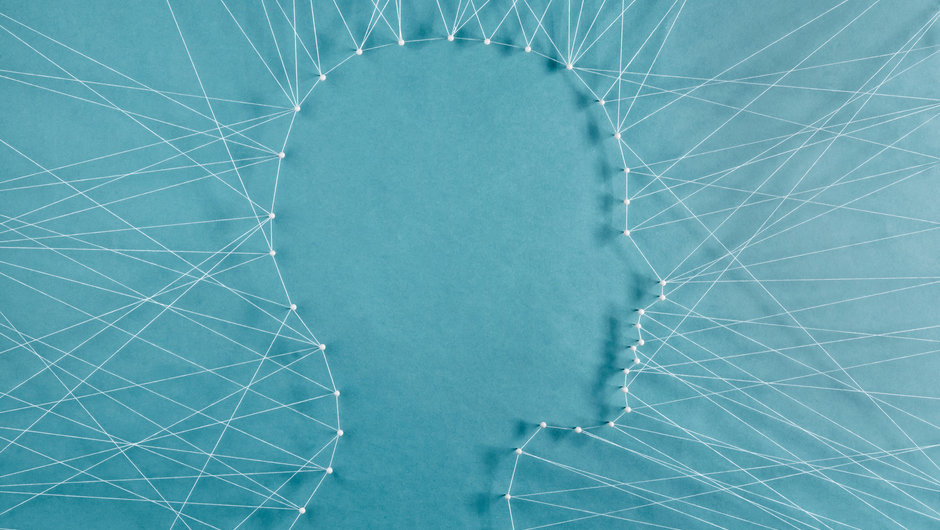

The rapid speed of expansion in the Sovrin developer community simply can’t go ignored. When in late 2018, there were only a few organizations devoting time and resources to the development of self-sovereign identity (SSI) solutions, there are now dozens of entities working intently on SSI solutions for deployment on the Sovrin Network. One such company is MATTR and its parent company, Spark New Zealand.
MATTR is a newly established stand-alone business division of Spark that made quite a stir at Internet Identity Workshop-28 (IIW). Their commitment to the open source community can be best seen in the contributions they’ve provided to Hyperledger Indy. With a team of engineers, scientists, and business minds focused on open source collaboration, MATTR aims to solve significant real world problems in the digital economy, specifically focused on self-sovereign identity.
We caught up with Tobias Looker, MATTR’s OSS and Community Liaison, to hear more about the exciting uses of verifiable credentials he is working on and how the Sovrin Network fits MATTR’s needs.
Sovrin Foundation: Tell us more about yourself. Where are you from? What is your role at MATTR?
Tobias Looker: I’m a technologist with a background in software and robotic engineering. I have a Masters in Engineering from the University of Auckland and a number of years of experience in industry and academia. I am based in New Zealand.
At MATTR, my focus is contributing to and working with the open source community, which is an integral part of Sovrin. I am passionate about collaborating with this global community of technologists and together creating new solutions for digital identity that will benefit our society and economy.
SF: What motivated you to pursue work in decentralized identity?
TL: We are now at a critical point in the evolution of the internet where significant problems like digital identity can now be solved in a way that is enduring and sustainable. Despite all the advances in technology, authentication and verification on the internet still remains difficult. Not only is it a poor user experience, but it is having increasingly harmful consequences – for example the rise in data breaches, identity theft, and other improper uses of personal data. These are big problems, and if solved they will have a meaningful impact on society. Collaborating on solutions for these problems within a global community is incredibly motivating.
SF: What is MATTR? Where did it come from? Who makes up your team?
TL: Spark first became involved with the Sovrin Foundation in November of 2018, signing up to become a Steward of the network. MATTR was established in February of 2019 partially as a result of the work we were engaged in with the Foundation and the community. Whilst our R&D interests are broad, our solution development work is currently focused on self-sovereign identity.
At MATTR we do not believe that any one party can solve the challenges of the digital world alone. This drives us to work with parties globally and locally, propelled by the belief that the power of the collective will provide breakthroughs that will allow us to solve some of the real challenges in the internet model that we are all experiencing today.
SF: Please describe your demo at IIW. What was the most exciting part of the demo?
TL: Interoperability is the technical expression of collaboration, so the most significant aspect of our demo was being able to show how three different solutions can interact for the purposes of validating digital identity.
In our demo we showed how a portal created by the Government of British Columbia (BCGov) could successfully issue IIW attendance credentials to two mobile wallets – one created by MATTR and another by Streetcred. Once in possession of a credential, IIW attendees could use it to open a MATTR lockbox and prove that they were bona fide delegates.
In addition to proving interoperability between three unique solutions, the lockbox demo also showed what the intersection of SSI and IoT can look like (in this case verifying event attendees).
As well as the mobile wallet, MATTR has been working on other capabilities such as our issuer portal, and during the demo hour we showed how this enables the seamless issuance of credentials. We also demoed how these credentials can be used in a variety of cases, showing how a customer of an online wine retailer can prove they are over the legal drinking age to proceed with the purchase using verifiable credentials.
SF: How have some of the recent advancements of decentralized identity advanced the work of MATTR?
TL: Our work in decentralized identity is made possible thanks to several sources of innovation. From advancements in cryptography and computational capability in everyday devices such as smartphones to the advent of technologies such as DLT (distributed ledger technology), we finally have the components required to create solutions for this problem.
Even more important than the technology is the global community that has come together to tackle the issues. History is littered with previous attempts to solve digital identity with proprietary and siloed solutions, and what is quite unique about this movement is that people from all around the world are working together in an open and transparent way.
SF: What are some of the services and products MATTR offers?
TL: MATTR is developing a comprehensive suite of SSI products and services to power a range of end-to-end agent workflows and use cases. We want to help individuals as well as organizations and things to unlock the value of SSI. We do this by providing all the foundational aspects from key management to credential issuance in easily consumable sets of packages, so our customers can pick up and start building.
MATTR is also committed to contributing to the Open Source community – for example our collaboration with Streetcred on AgentFramework. Another initiative is the Open Source Mobile Agent (OSMA) (https://github.com/MATTRglobal/osma) which we are hoping will act as a catalyst for accelerating the development of mobile agents in the broader SSI community.
SF: What kinds of companies will benefit from MATTR’s services?
TL: Our goal is to create solutions that enable many facets of digital identity so that machines, organizations, and individuals will all be able to interact in a trusted digital manner.
To this end, any organization or enterprise that wishes to develop and use capabilities to support the web of trust will be able to benefit from the products and services MATTR is developing.
SF: What role did Hyperledger Indy and the open source community play in the development of MATTR?
TL: Hyperledger Indy has been vital for MATTR in two areas. The first area is the technical components such as the Indy-sdk, which acted as a catalyst for our early solutions and allowed us to learn and build.
The second and equally important area is Hyperledger Indy’s vibrant ecosystem of developers. Having the opportunity to participate in the weekly calls with the community where the developers are committed to solving problems in an open and collaborative way has been incredibly valuable.
SF: What is appealing about the Sovrin Network?
TL: Three aspects of Sovrin stand out. These are technology, governance, and community.
We are of the view than an SSI model for digital identity demands a global public utility – Sovrin appealed in this sense.
In order to have a viable global public utility, a strong stance on the structure of governance around the network is necessary. Sovrin has continually shown depth and expertise in this area.
Thirdly, community plays a vital role in bringing technical minds together by hosting engagement events such as a Connectathon and driving the weekly technical forums.
SF: What do you think the next five years looks like for digital identity?
TL: In the next five years we will be living in a world where individuals have far greater control over their online presence and how their data is managed.
This in turn will benefit enterprises in a myriad of ways – for example reduced cost, risk, and complexity around the handling of customer data and regulatory compliance. We will also fully expect government and public sector organizations to be able to substantially improve citizen access to services and be in a better position to execute on their role as the custodian of the well-being of citizens.
Equally, we expect to see the emergence of new digital infrastructure to support IOT/autonomous machine communication, opening up whole new forms of utility.
SF: How will technologies like the Sovrin Network help create a future of self-sovereign digital identity?
TL: Technologies like the Sovrin Network provide the necessary environment for like-minded technologist from around the world to share and collaborate and build the solutions that will enable trusted digital identity.
Developers can check out our community contributions at github.com/MATTRgloba. To learn more about MATTR, visit https://MATTR.globa or follow on Twitter @MATTRgloba.



